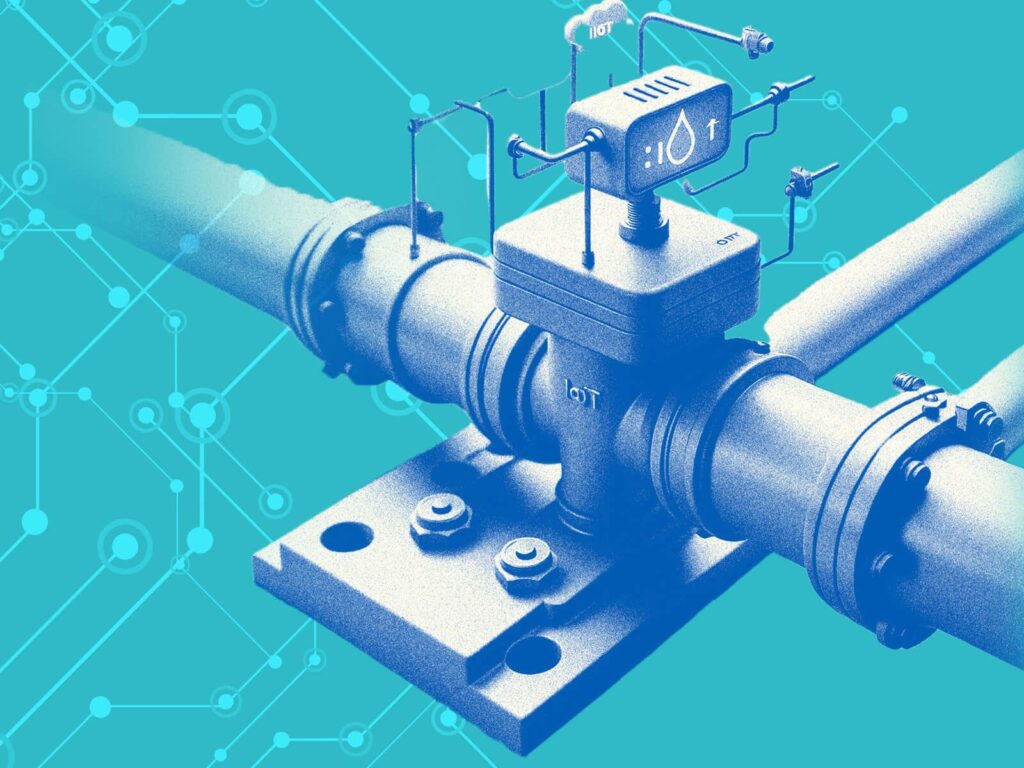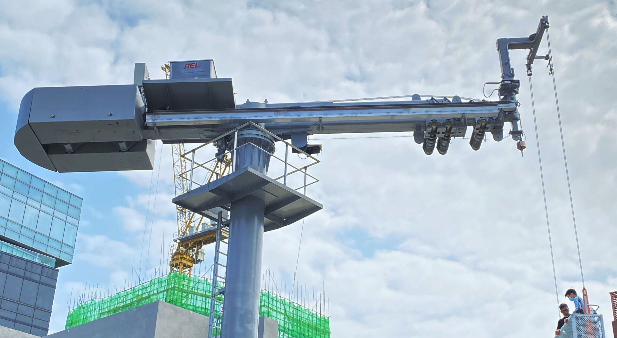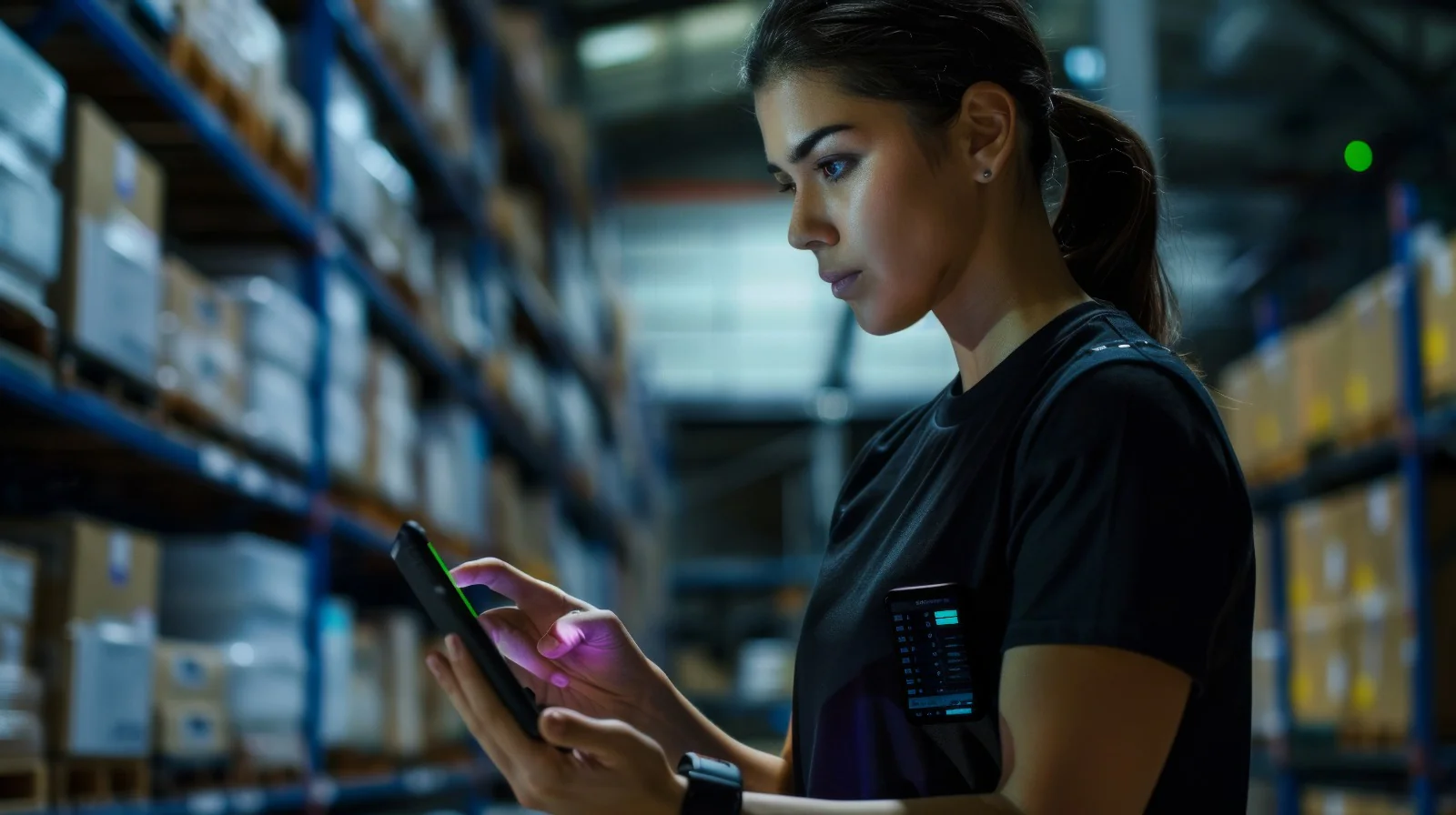Water management in modern buildings is no longer a manual task—it’s an intelligent process. IoT Water Control is transforming how facilities monitor, manage, and conserve water through interconnected technologies that bring automation, real-time analytics, and predictive maintenance to the forefront of building operations.
As urban infrastructure evolves and sustainability becomes a strategic priority, building managers and facility owners are turning to smarter systems to reduce waste and ensure operational efficiency. IoT Water Control plays a central role in this shift, enabling a new standard in proactive plumbing management and water conservation.
What Is IoT Water Control?
IoT Water Control refers to the use of Internet of Things (IoT) technologies—such as sensors, actuators, and connected software—to monitor and manage water flow, usage, and plumbing performance in real-time. These smart systems are embedded within a building’s plumbing infrastructure and are capable of collecting data, detecting anomalies, and even executing automated commands based on AI-powered logic.
Within the broader scope of Smart MEP (Mechanical, Electrical, and Plumbing) systems, IoT Water Control specifically focuses on the water-related aspects of building operations. It supports intelligent infrastructure that not only alerts building managers to potential issues but actively works to prevent them before they become costly.
Why IoT Water Control Is a Game-Changer for Buildings
Traditional water systems often rely on scheduled maintenance or reactive repair. IoT Water Control, by contrast, empowers facilities with the ability to act before issues occur. Smart sensors track water usage patterns and detect irregularities such as leaks, blockages, or pressure drops. This proactive capability reduces the risk of water damage, saves significant costs, and enhances the overall sustainability of the building.
Furthermore, these systems automate routine functions such as valve control, flushing schedules, and water flow adjustments. By enabling automated decision-making and remote control, IoT Water Control contributes to reduced labor demands and higher system reliability.
Key Features of AST’s IoT Water Control System
Advancer Smart Technology (AST) has developed a next-generation IoT Water Control system as part of its comprehensive Smart IoT MEP Solution. Tailored for commercial and industrial facilities, the system integrates seamlessly with existing plumbing infrastructure while enhancing it with advanced capabilities such as:
- Smart sensors and IoT-connected valves that detect flow irregularities, track usage, and regulate distribution.
- Real-time dashboards for water performance analytics and actionable insights.
- AI-powered algorithms that predict maintenance needs before failures occur.
- Anomaly detection alerts that notify teams of abnormal consumption patterns, leak events, or inefficiencies.
- Remote monitoring and control, allowing users to make adjustments without being onsite.
With AST’s solution, facilities gain a powerful platform to optimize every drop of water being used, all backed by robust AI insights and real-time data analysis.
Benefits of IoT Water Control for Commercial and Industrial Buildings
Deploying an IoT Water Control system offers tangible and long-term advantages for businesses managing large facilities:
Reduced Water Waste; Real-time tracking and leak detection drastically reduce water loss. Facilities no longer need to wait until a water bill spike or visible damage reveals a problem.
Cost Savings: By identifying and correcting issues immediately, operational costs related to plumbing repairs, water damage, and unnecessary consumption are minimized.
Improved Sustainability: IoT Water Control aligns with corporate sustainability goals and environmental regulations. Efficient water usage contributes to green building certifications and reduces the carbon footprint.
Enhanced Safety and Asset Protection: Early leak detection protects expensive equipment, IT systems, and infrastructure from water-related damage, especially in sensitive environments like hospitals or data centers.
Better Decision-Making: Managers are empowered with data to make informed operational and budgetary decisions. Whether it’s identifying high-usage zones or optimizing irrigation systems, the insights are invaluable.
How AST Leads the Way in Smart Water Management
AST is at the forefront of intelligent building solutions in Singapore and across Asia. Its IoT Water Control platform is a component of the broader Smart IoT MEP Solution, designed to deliver energy-efficient, eco-conscious, and AI-integrated management of building services.
From HVAC systems to plumbing and lighting, AST leverages data to drive smarter outcomes. For example, its Smart IoT Toilet Solution goes beyond basic automation. It intelligently manages water flow, schedules cleaning cycles based on usage, and ensures the availability of consumables like soap and paper towels—all while tracking water conservation metrics.
By connecting the dots between different systems—water, air, electricity—AST creates truly intelligent environments that are sustainable, efficient, and future-ready.
The Role of IoT Water Control in Sustainability
Water conservation is no longer just a compliance metric—it’s a competitive advantage. IoT Water Control empowers buildings to significantly lower their water consumption through automation and efficiency, directly supporting broader environmental, social, and governance (ESG) objectives.
For companies looking to improve their sustainability reports, reduce resource consumption, or comply with regulations like Singapore’s Green Mark or global standards like LEED, intelligent water management is critical. With AST’s platform, organizations can measure and report progress on water savings with precision.
Moreover, sustainable water management through IoT helps cities as a whole manage limited resources. It also contributes to smart city initiatives and national green strategies, reinforcing the importance of collective responsibility in environmental stewardship.
Smart EMS and Its Synergy with IoT Water Control
Energy and water are often managed in silos. AST changes this with its Smart Energy Management System (Smart EMS), which integrates with IoT Water Control to create a holistic view of building efficiency.
Smart EMS uses the proprietary HyESys technology to intelligently balance energy loads, incorporate renewable sources, and shift consumption to off-peak periods. When paired with IoT Water Control, the building becomes a self-regulating ecosystem—managing both utilities efficiently and cost-effectively.
Together, these systems reduce utility expenses, lower environmental impact, and increase resilience against outages or utility spikes. It’s a blueprint for the next generation of intelligent infrastructure.
Use Cases and Real-World Applications
IoT Water Control is making an impact across various sectors. For instance:
- Commercial Offices: Automated leak alerts have helped building managers prevent water damage and reduce insurance claims.
- Hospitals and Labs: Precision control of water usage ensures safety in sensitive environments and aligns with health standards.
- Retail and Shopping Malls: Smart toilet systems lower water bills and enhance customer satisfaction.
- Data Centers: Protecting server rooms from leaks is critical; IoT systems offer instant alerts and automatic shutoff options.
These real-world applications illustrate how IoT Water Control is not just a luxury—it’s a smart investment with measurable ROI.
Getting Started: Implementing IoT Water Control with AST
Adopting IoT Water Control begins with a system assessment. AST’s experts evaluate your current plumbing infrastructure, understand your operational needs, and design a solution tailored to your facility. Whether retrofitting existing systems or building from scratch, AST ensures smooth integration with minimal disruption.
Training, onboarding, and post-deployment support ensure your team can maximize the technology from day one. All systems are managed through a centralized dashboard for easy access and control.
And with ongoing system updates and AI learning, your IoT Water Control solution becomes smarter over time—continuously improving outcomes.
Future of Water Management with IoT and AI
As technology advances, IoT Water Control will become even more autonomous and predictive. Machine learning algorithms will forecast water demand, identify long-term trends, and optimize usage patterns across entire building portfolios.
Integrations with smart city platforms, digital twins, and blockchain-based compliance systems are on the horizon. Buildings will not only manage their own water systems but also contribute to a collective grid of intelligent resource sharing.
AST is committed to leading this future. Its research and development team continuously enhances platform capabilities, ensuring clients stay ahead of regulatory changes and technological breakthroughs.
Takeaway
IoT Water Control is more than a technological trend—it’s a foundational element of the smart, sustainable buildings of tomorrow. Through real-time monitoring, AI-driven insights, and intelligent automation, facilities gain control, efficiency, and resilience like never before.
AST is proud to be at the forefront of this transformation. With proven solutions tailored to your needs, a commitment to sustainability, and cutting-edge IoT innovation, we’re ready to help you optimize your building’s water systems and unlock long-term value.
Connect with AST today to discover how IoT Water Control can revolutionize your facility’s performance, cost savings, and sustainability goals.











